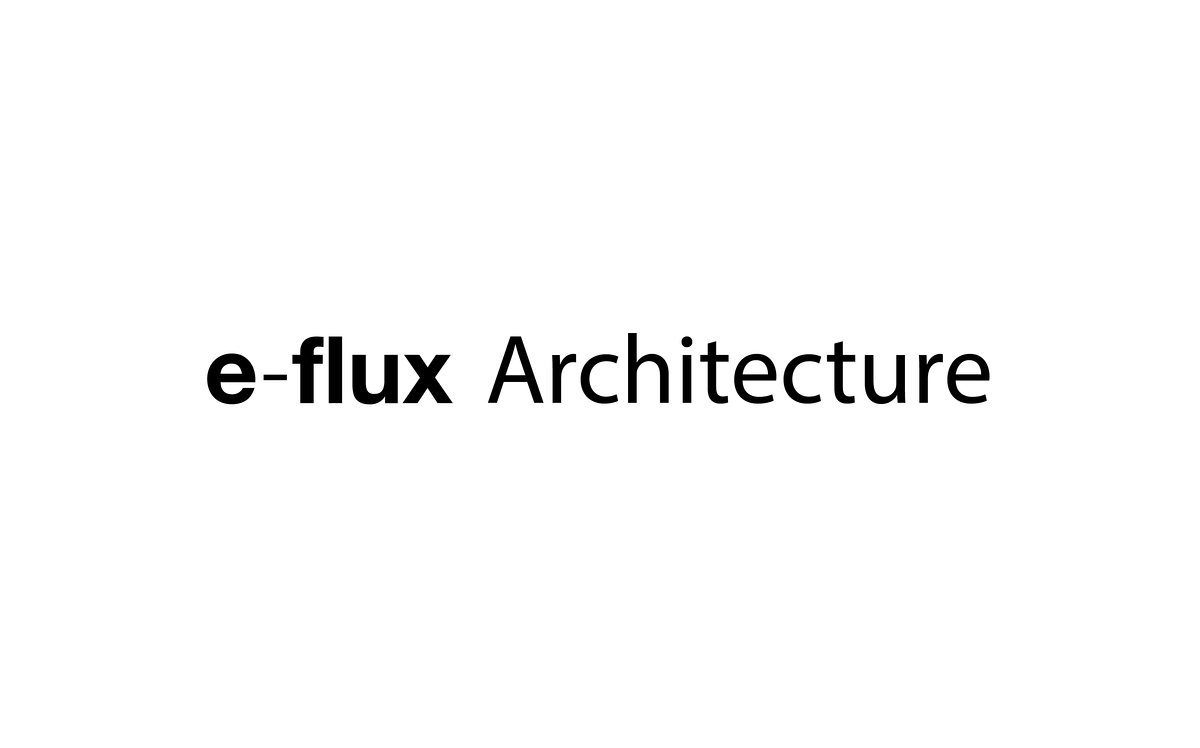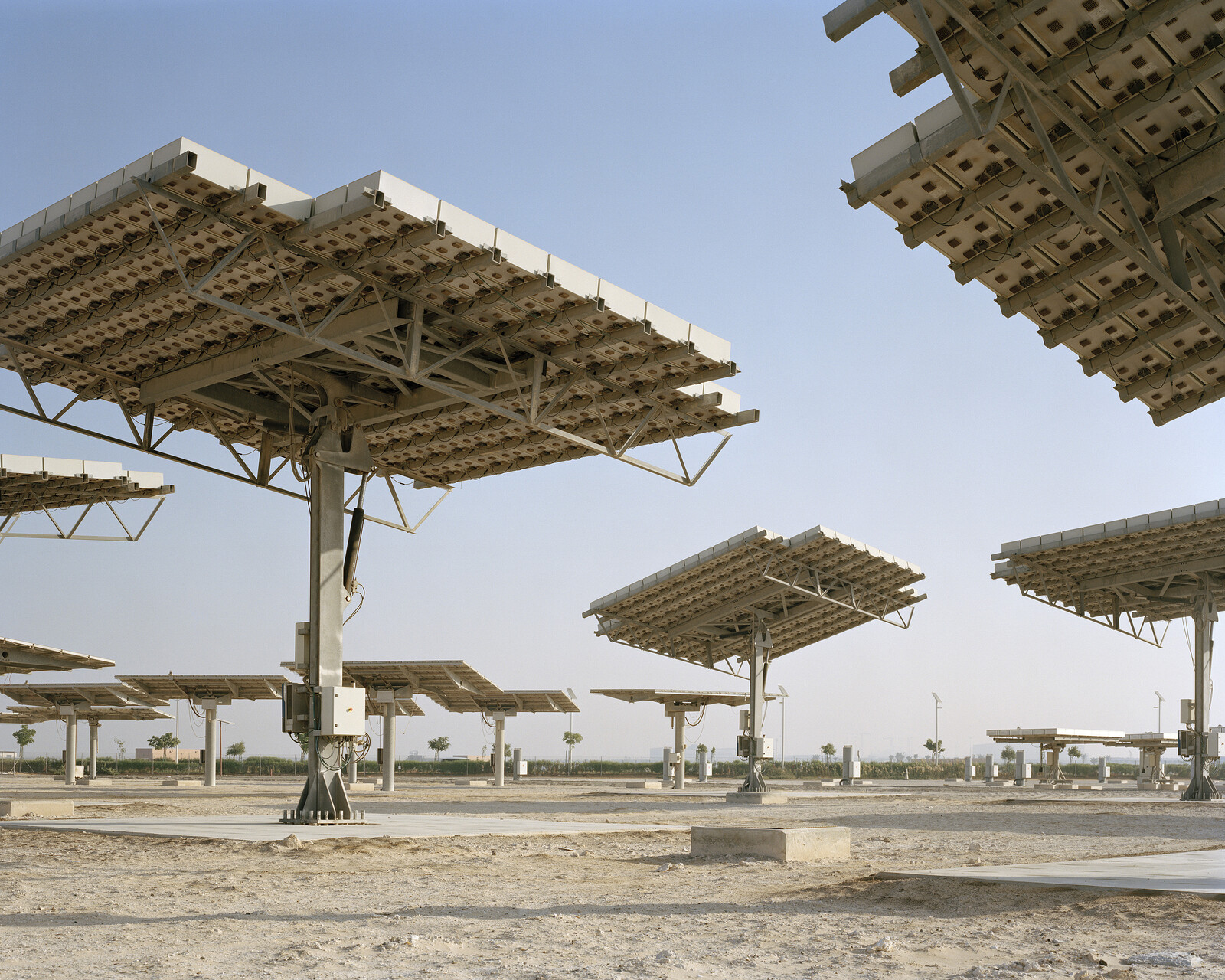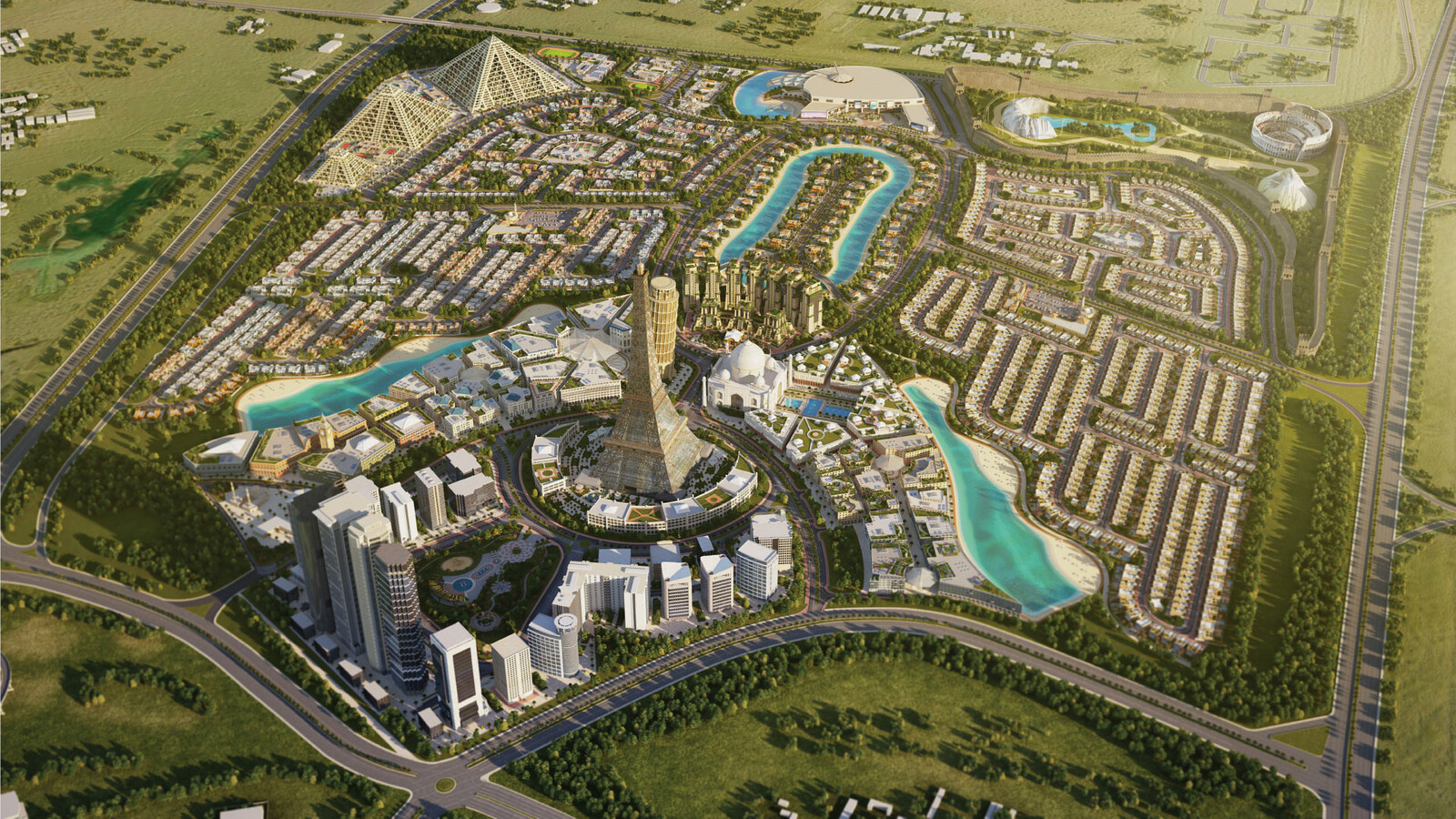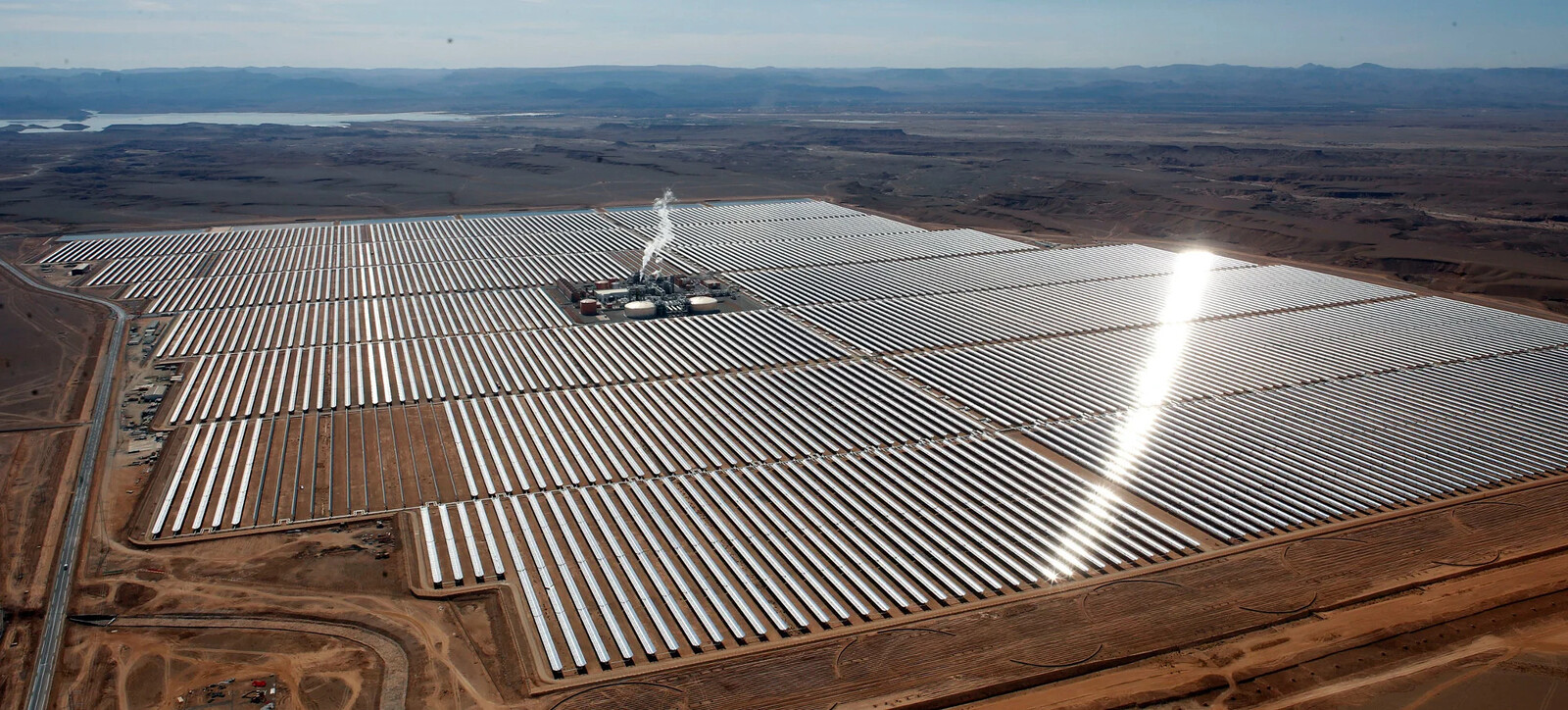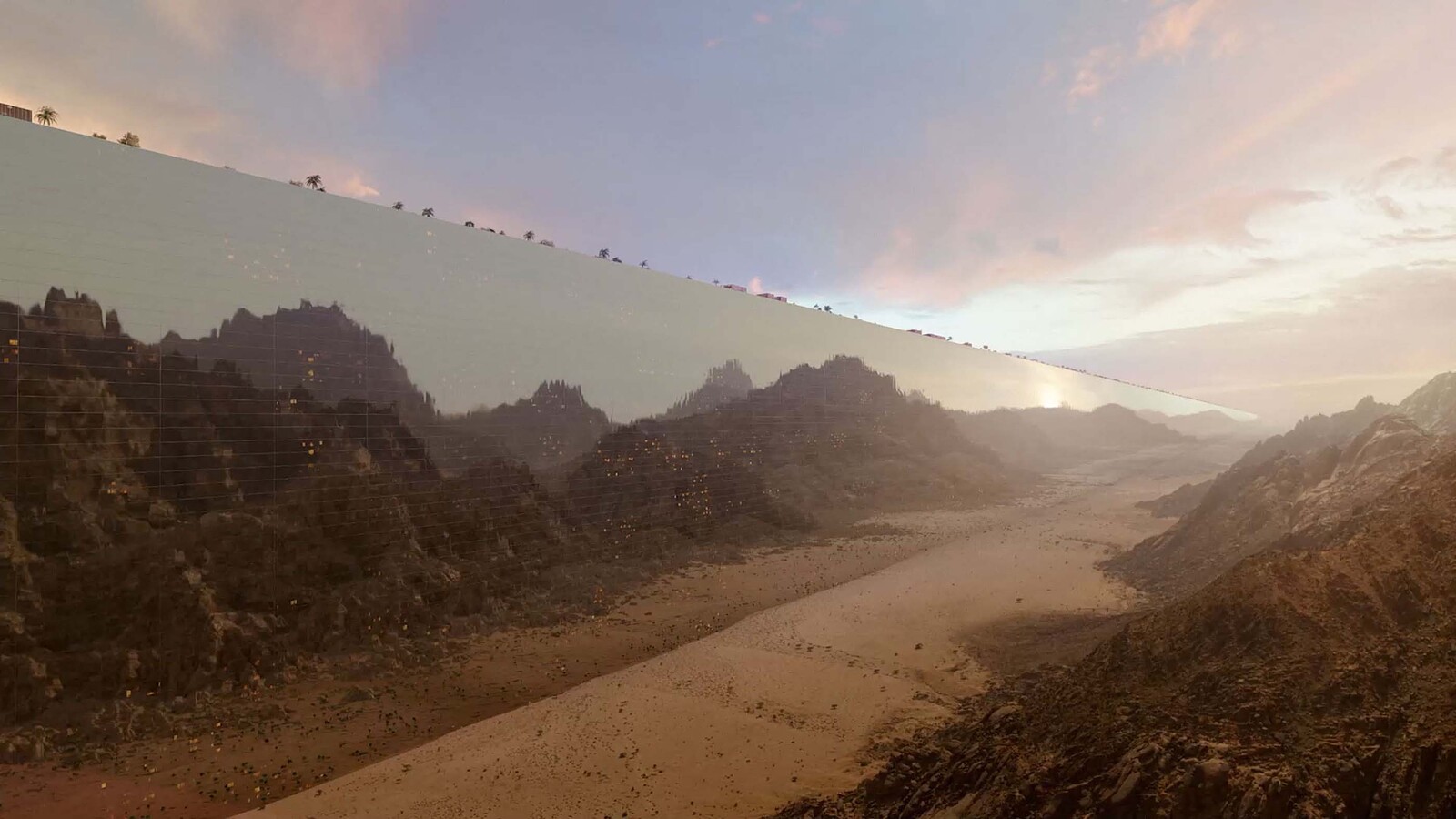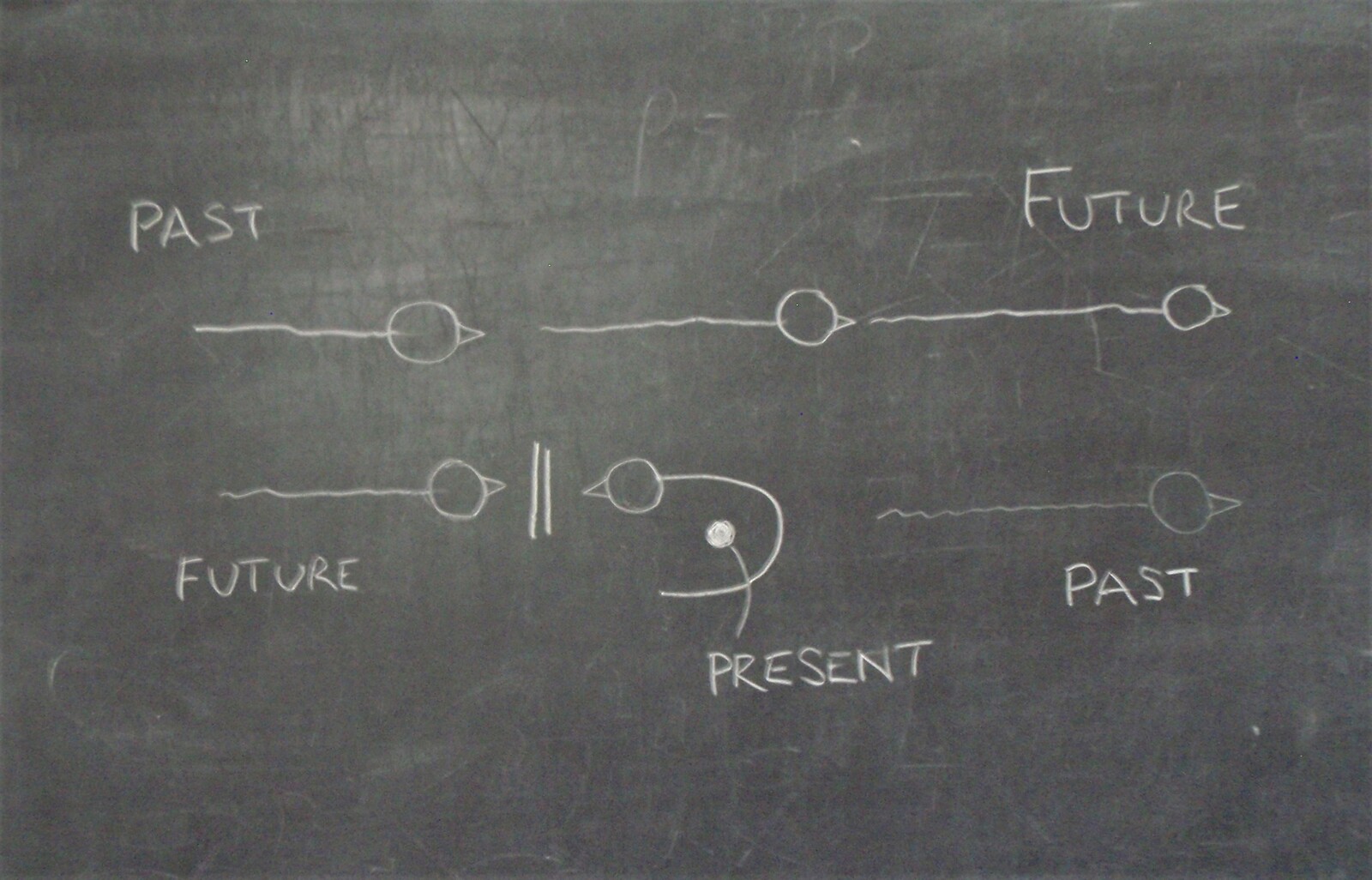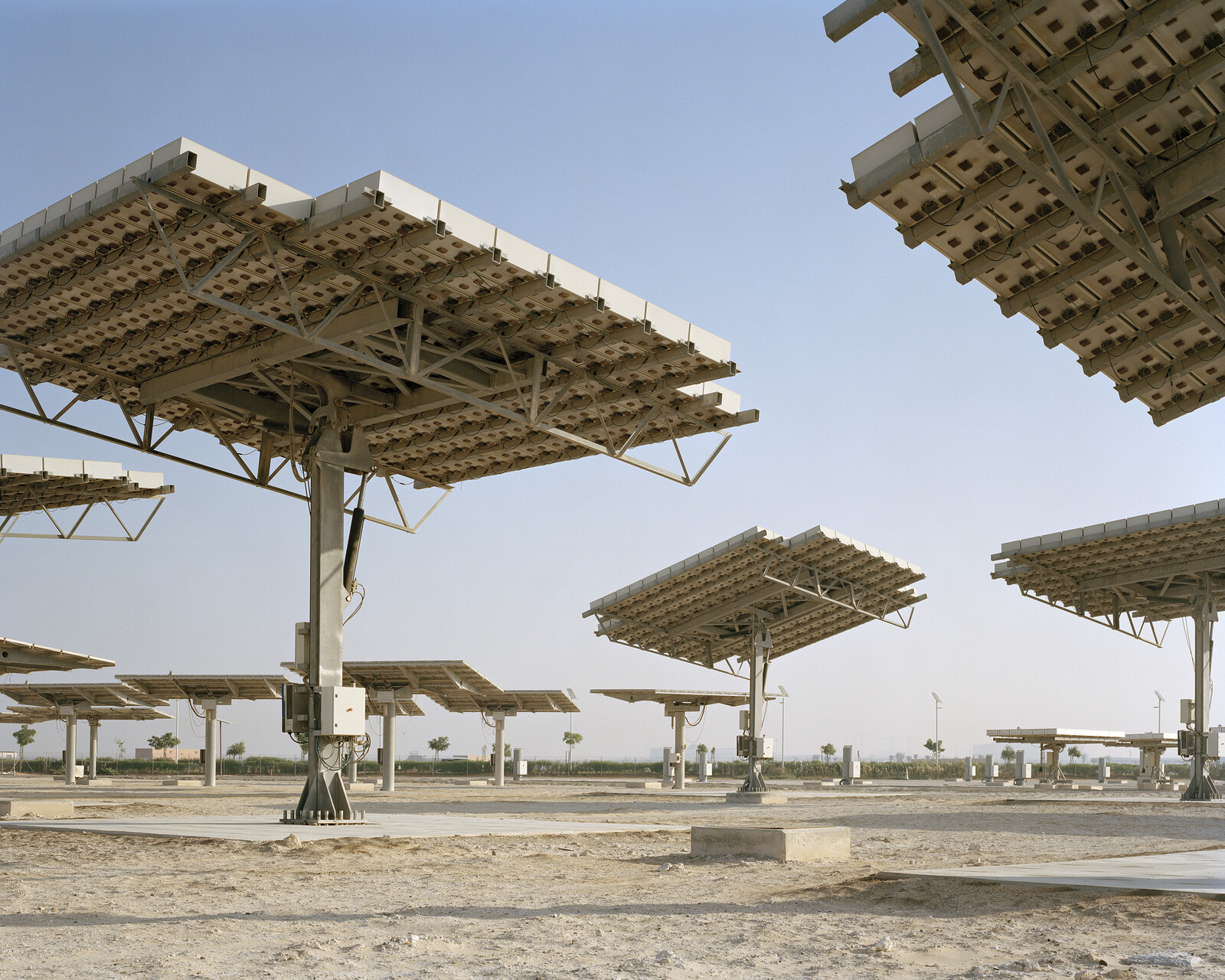Category
Subject
Horizons is a collaboration between e-flux Architecture and the International Architecture Biennale Rotterdam.
- Derk Loorbach, Véronique Patteeuw, Léa-Catherine Szacka, Peter Veenstra, and e-flux Architecture Editorial
- Tim Ingold The Turn of the Present and the Future’s Past
- Gökçe Günel New Wonders for the World
- Stephanie Wakefield and Glenn Dyer “Stop the Metaverse, Save the Real World”
- Paul Bouet Solar Extractivism
- Joost Vervoort Imagination Infrastructuring for Real and Virtual Worlds
- Rahel Aima The Khaleeji Ideology
